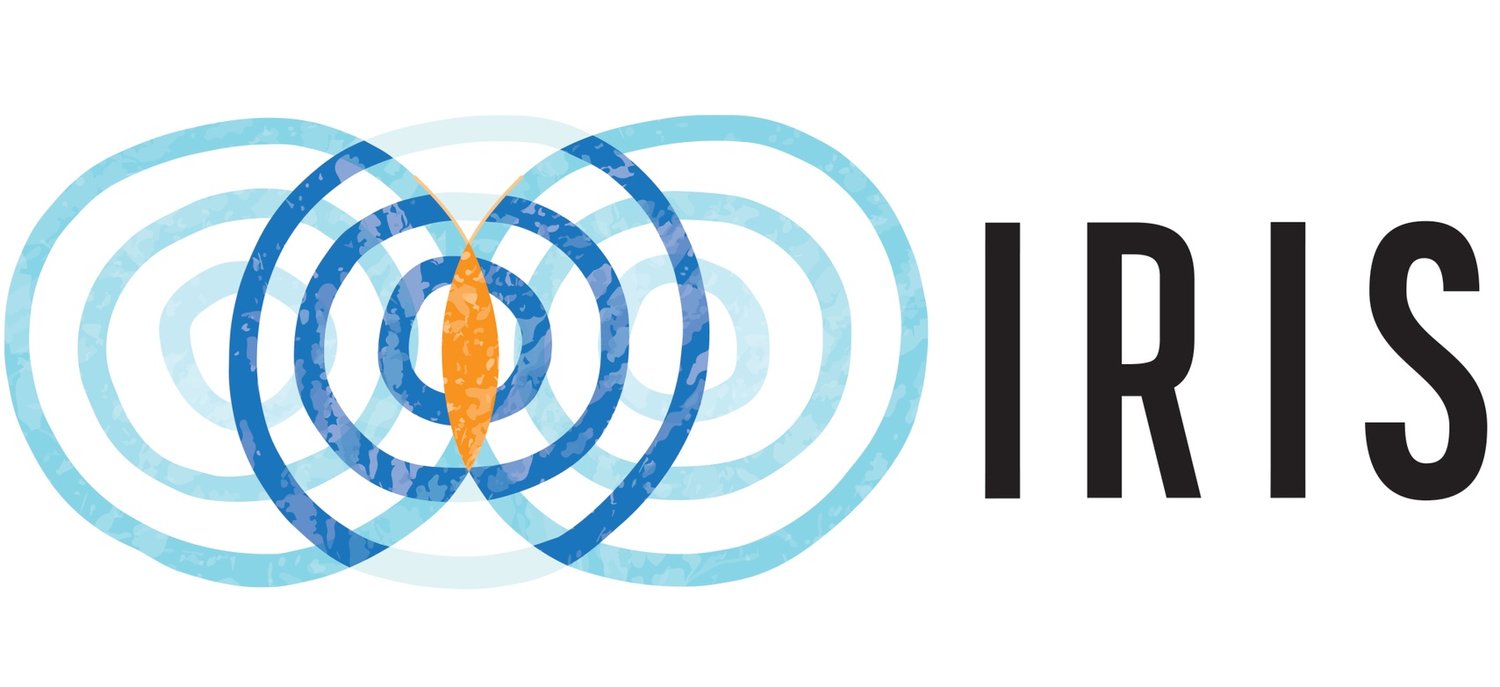Funding Narrative Ecosystems: The Highlights
Founder
Both/And Solutions
Among the narratives that govern philanthropy, the most paradoxical is that a sector with so much abundance chooses to operate with a scarcity mindset. Discover how funders can counter this narrative in how we do our work.
In Philea’s “How philanthropy can fund the infrastructure for narrative power,” IRIS colleague and Confluencer Mandy Van Deven shares highlights from her panel during last year’s Confluence: Building Narrative Power. The session featured thoughts from Paco Camacho (Asia Foundation), Bruno Duarte (Open Society Foundations), Medina Haeri (Oak Foundation) and Ivens Reis Reyner (Nebula Fund). The group reflected on funding practices that strengthen narrative change efforts—and the sector norms that stand in the way. The article includes recommendations from narrative practitioners on what philanthropy should fund to fortify global
justice movements, including:
Spaces and spaciousness to enable deep listening and durable relationship building
Collective imagination and visioning toward a shared North Star
Coordination across strategies, countries, regions, issues, and identities that deliberately break down funding stream siloes
Practices that cultivate healing and solidarity
Emphasizing how the work is done rather than what it produces
Approaches that are unproven or experimental, don’t have a predetermined agenda, and facilitate the ability to learn by doing
Funding groups that prioritize working through durable partnerships, networks, and collaboration—rather than principally focusing on expanding their own programming—can counter practices that reinforce a culture of scarcity and individualism.
In “How to Fund Narrative Ecosystems,” Mandy Van Deven and Jody Myrum share insights from more than 120 global narrative practitioners—and not often heard in philanthropy. The in-depth analysis includes guiding principles and practice implications for funders supporting narrative change through their grantmaking as well as their capacity building. A few highlights are below. For more, read the full article in Nonprofit Quarterly.
Narrative work facilitates healing by helping us make sense of our deepest fears and desires, imagine our wildest dreams of what could be, and embody ways of being that reflect the
world we long for.
Financial abundance is in philanthropy’s origin story but its operational norms are rooted in a narrative of scarcity.
Narrative change requires a broad set of actors to work together over time to advance a shared vision across sectors, issues, and locations — and through a multitude of discrete yet complementary strategies.
American and European practitioners and funders have popularized their own perspectives and practices as the aspirational standard, contributing to power asymmetries. By applying field-led funding methodologies, resource stewards can intervene in dynamics that harbor the residue of racist histories.
In addition to making long-term, unrestricted grants, funders can provide resources in ways that alleviate scarcity, competition, and the concentration of power to elevate the ecosystem rather than individual organizations.
To create transformative narrative interventions, practitioners must be able to experiment. They need flexible resources for process and methodology rather than restricted funds.
Narrative change calls for sophisticated and dynamic infrastructure that is rooted in intergenerational solidarity. Progress lasts when the right quality of resources flow without interruption for decades.
Philanthropic institutions interested in resourcing narrative change should hire practitioners who already have deep knowledge and relationships within the narrative ecosystem to design and direct grantmaking.
Funders can play an important role in closing the gap between who we are and who we aspire to be but it will require us to engage in shared learning, experimentation, and funding the narrative infrastructure that is needed for global justice movements to win.
And in Cultivating the Conditions: Philanthropy’s Role in Fortifying the Infrastructure for Narrative Power, published by Grantmakers in the Arts, Mandy looks at the narrative infrastructure of global justice movements and makes the case for needed interventions for funders to be competent partners in the work of building narrative power.


